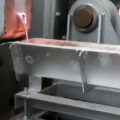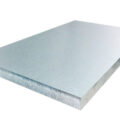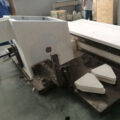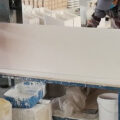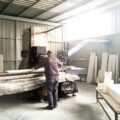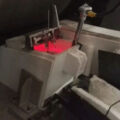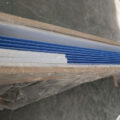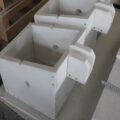The new high speed casting rolling technology for aluminum strips is based on the traditional casting-rolling technology, using many advanced new technologies. These technologies mainly include the following aspects.

High-precision Liquid Level Control Technology
The liquid level control of the front box is an important key to the high speed continuous and stable casting rolling process. Under the conditions of high-speed casting and rolling, accurate liquid level control is especially important due to the fast metal flow rate and pressure increase.
Caster Tip and Nozzle System
The roll gap of casting and rolling is generally slightly smaller than the thickness of the strip. When the thickness of the thin strip is 0.5~2mm, the roll gap is very small. How to evenly deliver the molten aluminum to the roll gap, the cavity design of the caster tip and nozzle is very important. AdTech caster tip plate adopts a new type of ceramic fiber material, which has high strength and rigidity and low thermal conductivity, and does not pollute the molten metal, and will not change after long-term use.
High-strength Frame and Roller System
Under the conditions of high speed casting rolling, the rolling force is greatly improved, which increases the deformation of the stand and the roll system. For thin strip blanks, higher plate shape and dimensional accuracy are required. Therefore, the rigidity of the frame and the thickness of the roller sleeve must be increased accordingly.
Cooling and Control of Casting Roll
When the casting and rolling mill is working, due to the influence of the temperature difference between the inlet and outlet water, the casting roll becomes elliptical, and the strip thickness will periodically fluctuate. When the strip is thicker, this thickness difference can be ignored. But when the strip thickness is below 2mm, this thickness difference is not allowed.
Reducing the time that the charge is exposed to the air can reduce the intake and surface oxidation of the charge, greatly shorten the production cycle from charge to ingot, and improve product quality and production efficiency.


